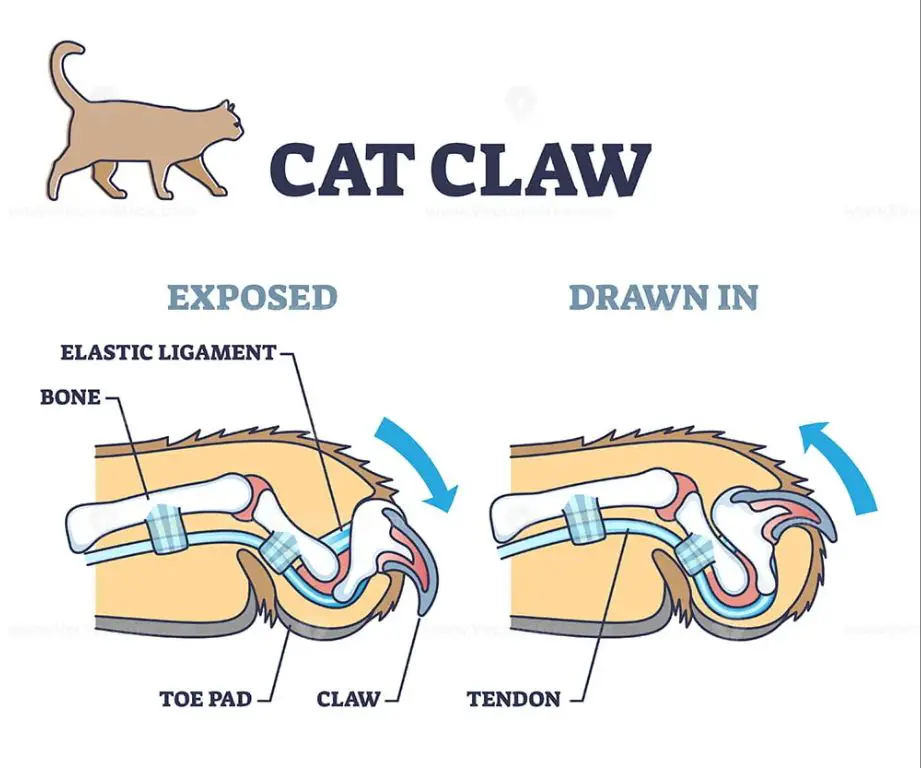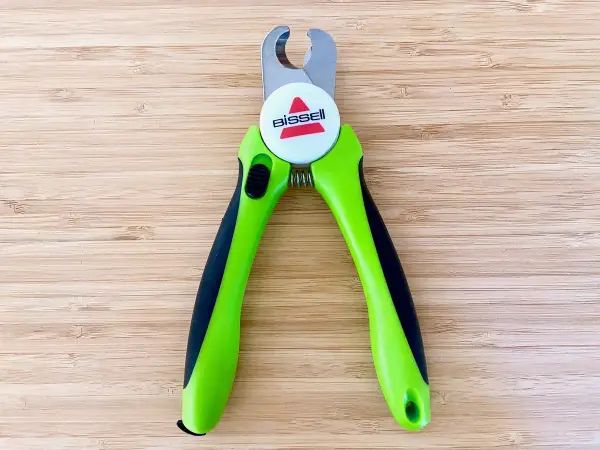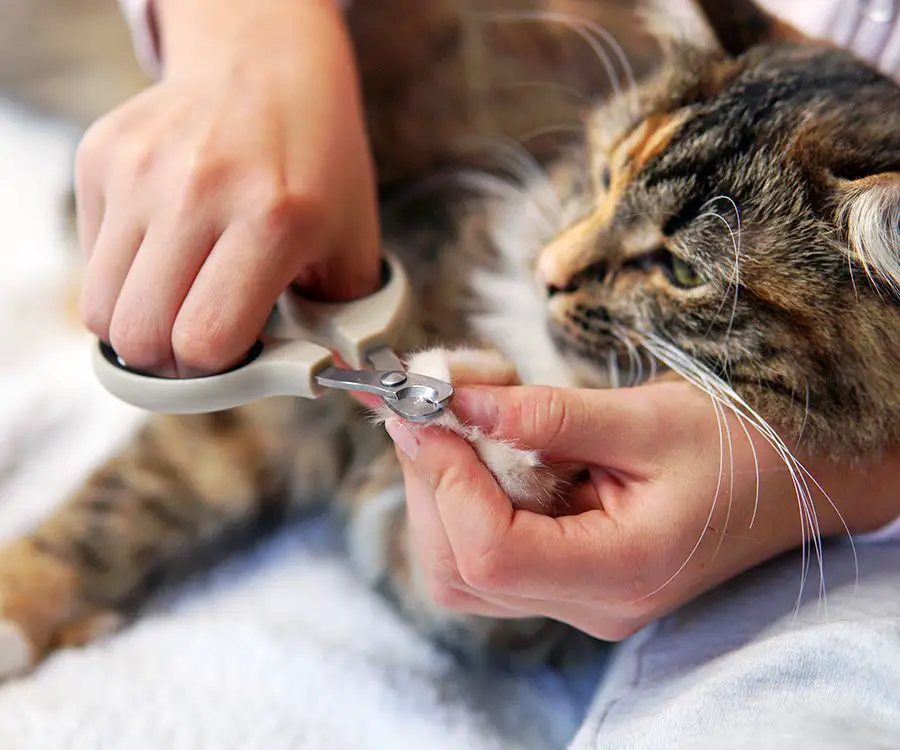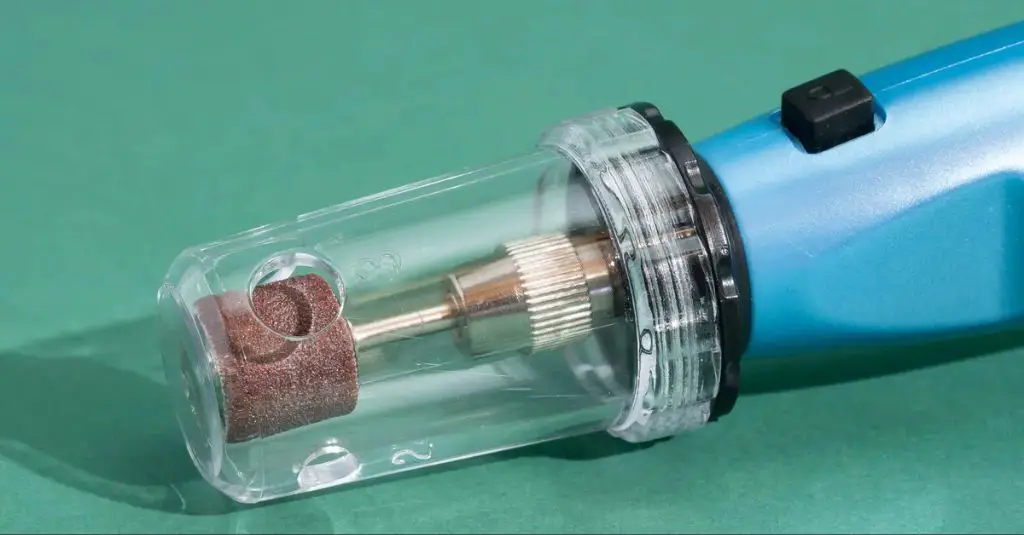Keeping your dog’s nails neatly trimmed is an essential part of maintaining good health and hygiene. Overgrown nails can cause pain, mobility issues, and other problems for your dog. However, the prospect of trimming those nails at home can be daunting for many dog owners. Can you use cat nail clippers instead of specialized dog clippers? What’s the best technique for clipping your dog’s nails safely and painlessly? This comprehensive guide will provide dog owners with everything they need to know about using cat nail clippers on dogs.
We’ll look at the anatomy of dog nails, compare cat and dog nail clippers, give step-by-step instructions for clipping your dog’s nails properly, discuss signs that your dog’s nails need trimming, recommend how often to trim them, and compare nail clipping to grinding. By the end, you’ll feel fully prepared to neatly trim your dog’s nails at home with cat nail clippers if needed.
Anatomy of Dog Nails
Like cat nails, dog nails consist of the nail plate, quick, and nail bed. The nail plate is the hard outer portion of the nail that extends past the quick. The quick contains nerves and blood vessels that supply nutrients to the nail, while the nail bed is the cuticle area where the nail attaches to the paw. However, there are some key differences between cat and dog nails:

Dog nails tend to be thicker and stronger than cat nails since dogs spend more time scratching, digging, and running on various surfaces. The nails are made of keratin, but a dog’s nails contain more layers of keratin, making them harder to clip. Additionally, the quick in a dog’s nail runs deeper than in a cat’s nail. Trimming into the quick will cause bleeding and pain. Dog nails also have a vein running vertically through the quick, whereas a cat’s quick veins are horizontal.
These anatomical differences mean cat nail clippers may not be ideal for dogs. The opening of cat clippers is quite narrow and they are designed for thinner nails. Using them on thicker dog nails makes it hard to get an appropriate cut without hitting the quick. Dog nail clippers usually have a wider opening better suited to clipping dog nails safely.
Using Cat Nail Clippers on Dogs

Using cat nail clippers on dogs comes with some pros and cons. Many cat nail clippers are smaller and sharper than dog nail clippers, which allow for more precision when clipping a dog’s nails, especially smaller breeds. The primary benefit of using cat nail clippers is having finer control and being able to get a closer trim on the nail.
However, there are some downsides to be aware of when using cat nail clippers on dogs. Cat nail clippers are designed for smaller nails and may not be able to accommodate larger dog breeds’ thicker nails. The opening and cutting edge of cat nail clippers is smaller and may not be able to fully fit larger nails. Additionally, the smaller size and finer precision of cat nail clippers means they are more prone to breaking when clipping tough dog nails.
Overall, cat nail clippers can work for small dog breeds or puppies, but are not recommended for medium to large breeds with thicker nails. It’s best to invest in proper dog nail clippers that are sturdier and specifically designed for a dog’s nail size and thickness. Refer to the manufacturer guidelines when in doubt if a cat nail clipper will work for your dog. For more details, see this helpful article on choosing the right nail clippers.
Finding the Right Dog Nail Clippers
When shopping for the right dog nail clippers, there are some key features to look for:
Blade type – Look for clippers with sharp, stainless steel blades that will provide a clean cut. Guillotine clippers with a stationary bottom blade and movable top blade tend to provide more control.
Safety stop or guard – Many clippers have a safety mechanism that prevents you from cutting the nail too short. This provides an extra level of protection against cutting the quick.
Grip and handles – Ergonomic, non-slip grips allow for better control while clipping. Choose clippers with comfortable padding and easy-open spring handles.
Size – Opt for clippers designed specifically for your dog’s nail size. Smaller clippers work best for small breeds. Larger dogs need a more heavy-duty option.
Visibility – Transparent or brightly colored casings help provide visibility to see the nail as you trim. LED lighting is also helpful.
Blade sharpener – Some clippers come with a built-in blade sharpener which can extend the life of the clippers.
Positive reviews – Check consumer reviews to find tried and true clippers that customers love. Well-rated brands include Safari, Epica, and Resco.
How to Trim Your Dog’s Nails

Trimming your dog’s nails can seem daunting at first, but with some patience and positive reinforcement, most dogs can learn to tolerate having their nails trimmed. Here is a step-by-step guide on how to safely and effectively trim your dog’s nails at home:
1. Gather the proper supplies. You’ll need a pair of dog nail clippers or trimmers and some styptic powder or cornstarch in case you trim the nail too short and it bleeds. Look for clippers specifically designed for dogs. Human clippers can split dog nails.
2. Situate your dog. Place them up on a table or steady surface at about hip height. Have a helper restrain your dog gently or give them a chew toy to occupy them.
3. Examine the nails. Look for the quick, which is the pink part of the nail containing nerves and blood vessels. Avoid cutting into this.
4. Trim a little at a time. Hold the paw firmly and snip off small bits from the end of the nail. Cut at an angle to avoid pinching the quick.
5. Use positive reinforcement. Reward your dog with praise and treats for cooperating. This will help make nail trims less stressful.
6. Stop any bleeding immediately. If you cut the quick, apply styptic powder or cornstarch to stop bleeding. Never trim nails when they are already bleeding.
7. Maintain nail health. Try to trim nails at least every other week to keep them short. File nails with a dremel if they are too long.
With some practice and patience, nail trims can become a regular part of your dog’s grooming routine. Always go slowly and make the experience positive for your dog.
Signs Your Dog’s Nails Need Trimming
One of the most common signs that your dog’s nails are overgrown is if you hear them clicking or tapping on the floor as your dog walks. Healthy nails should not make noise when touching the ground. According to the AKC, if you can hear your dog’s nails tapping or clicking, that’s a sign they need to be trimmed.
Overgrown nails may also start to curl and twist, growing in unnatural directions. The AKC recommends looking out for curled nails that twist to the side, grow into a circle, or even grow back towards the paw pad. These are signs of severely overgrown nails that require trimming.
Cracked or split nails can also be a sign of overgrown nails in dogs. As the nails get too long, they may crack or split under the pressure and weight of the nail. Cracked nails are often painful and require trimming. Check your dog’s nails regularly for any cracks or splits.
According to the ASPCA, redness or discharge around the nail could signify a nail infection. Ingrown nails that press into the paw pad can cause pain and infection. Regular nail trims can prevent ingrown nails and subsequent infections.
Lastly, if your dog is hesitant to walk or seems hesitant to have their paws touched, overgrown nails could be the culprit. The pressure and discomfort of long nails can make dogs not want to walk or be handled. Sudden sensitivity in the paws is a clue it’s time to shorten those nails.
How Often to Trim Dog Nails
How often you need to trim your dog’s nails depends on several factors like breed, age, and activity level.
According to the American Kennel Club, a good general guideline is to trim your dog’s nails every 4 to 6 weeks. However, some dogs need more frequent trims. For example, dogs that get daily walks on sidewalks may need nail trims every 2 to 3 weeks since the concrete helps wear down the nails. On the other hand, less active indoor dogs may only need trims every 6 to 8 weeks.
In terms of breed, dogs with faster growing nails like German Shepherds and Dobermans often need more frequent trims than breeds with slower nail growth like Greyhounds. Senior dogs also tend to need more frequent trims as their nails tend to grow faster as they age.
The best way to determine if your dog’s nails need trimming is to check them weekly. Look for nails that touch the ground when the dog is standing. If you hear your dog’s nails clicking on the floor, that’s a sign they are overgrown and likely need a trim. Keeping a trim schedule tailored to your dog’s specific needs will help keep their nails at an optimal length.
According to PetMD, ideal nail length should allow the dog to comfortably bear weight and allow the toe pad to touch the ground [1]. Overgrown nails can negatively impact your dog’s health, so regular trims help avoid issues. Check with your vet if you are unsure of the right trimming frequency for your dog.
Trimming Pit Bull Nails
Pit bulls, like all dogs, require regular nail trims to keep their paws healthy. However, pit bulls do have some special considerations when it comes to nail trims.
One factor is that pit bulls often have thick, strong nails that may be more difficult to clip. Use high-quality clippers designed for large dogs to ensure a clean clip. You may need to clip a little at a time if the nails are very thick.
Pit bulls are also extremely muscular with wide paws. Take care to clip only the nail and avoid the pink quick inside, which contains blood vessels and nerves. Cutting the quick can be painful and cause bleeding.
Additionally, some pit bulls are wary of having their paws handled due to past negative experiences. Make nail trims relaxing by massaging their paws first and giving treats. Introduce clippers slowly so they don’t associate them with pain.
With patience and the right technique, pit bulls’ nails can be trimmed safely and comfortably at home. Proper nail care is essential for this active, athletic breed to stay happy and healthy.
Grinding vs Clipping Dog Nails
When it comes to trimming your dog’s nails, you have two main options – clipping or grinding. Both methods have their pros and cons.
Clipping is typically faster and cheaper since you just need a standard nail clipper. It makes a quick, clean cut through the nail. However, clipping runs the risk of hitting the quick if you cut too short, which can be painful and cause bleeding. It also requires precision to avoid quicking the nail.

In contrast, grinding the nails down with a rotary tool like a Dremel is a safer option for avoiding the quick. It files the nail down gradually rather than cutting it, so you’re less likely to cause pain or bleeding. Grinding gives you more control and room for error. However, the grinding process takes longer, requires purchasing a special tool, and can generate nail dust and an unpleasant grinding noise which scares some dogs [1].
When it comes to cost, a nail clipper is the more budget-friendly choice, with prices ranging from $10-15. Nail grinders often cost $25+ for an electric rotary tool. Ongoing costs for grinders include replacement bands and batteries over time.
Overall, clipping offers speed and affordability, while grinding provides more safety and precision. Consider your dog’s temperament and nail thickness when deciding between these two effective nail trimming methods.
[1] https://wagwalking.com/wellness/clipping-vs-grinding-dog-nails-which-is-best
Conclusion
Dog nail care is important for your furry friend’s health and comfort. Regular nail trims keep your dog’s nails short, help prevent splitting and cracking, and reduce the risk of painful ingrown nails. While specialized dog nail clippers are ideal, you can safely use cat nail clippers on a dog in a pinch. The key is going slowly, carefully avoiding the quick, and giving your dog plenty of positive reinforcement and treats. With some patience and practice, regular nail trims can become a breeze.
To wrap up, inspect your dog’s nails regularly and trim them as needed, usually every 2-4 weeks. Have styptic powder on hand just in case you hit the quick. Introduce nail trims slowly and make it a positive experience. While cat clippers work, get dog nail clippers as soon as you can for the best results. Keep an eye out for any signs of problems with their nails and see your vet if you have any concerns. With some care and attention, you can keep your dog’s nails neatly trimmed for their health and comfort.

